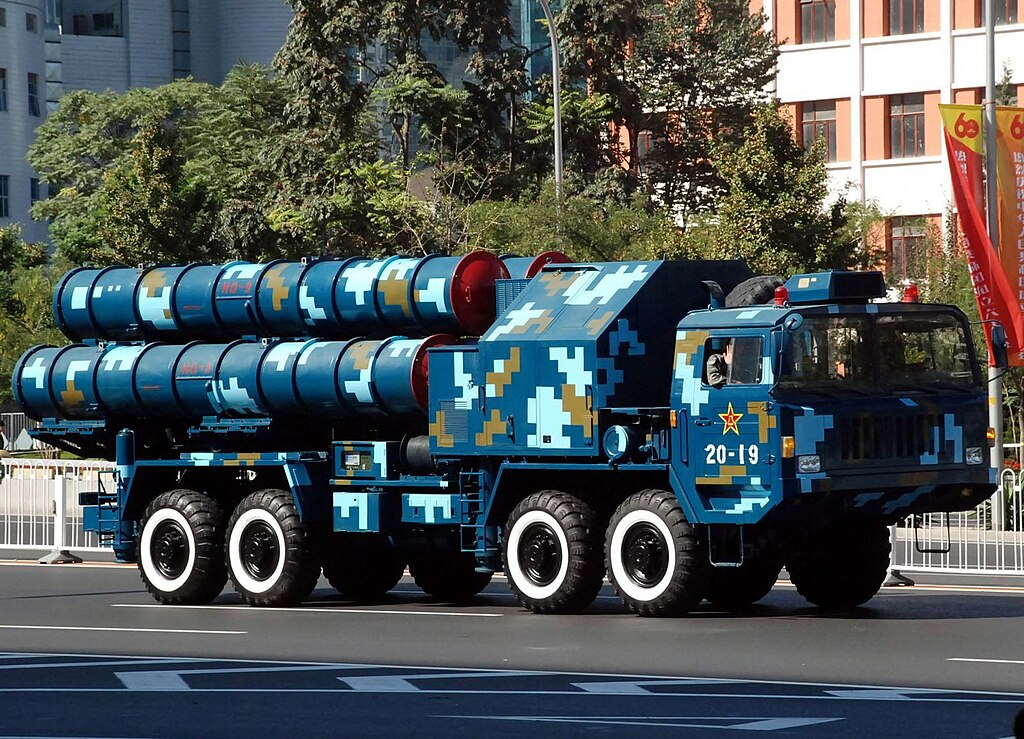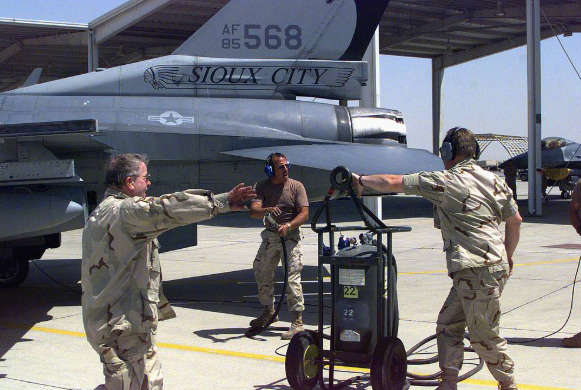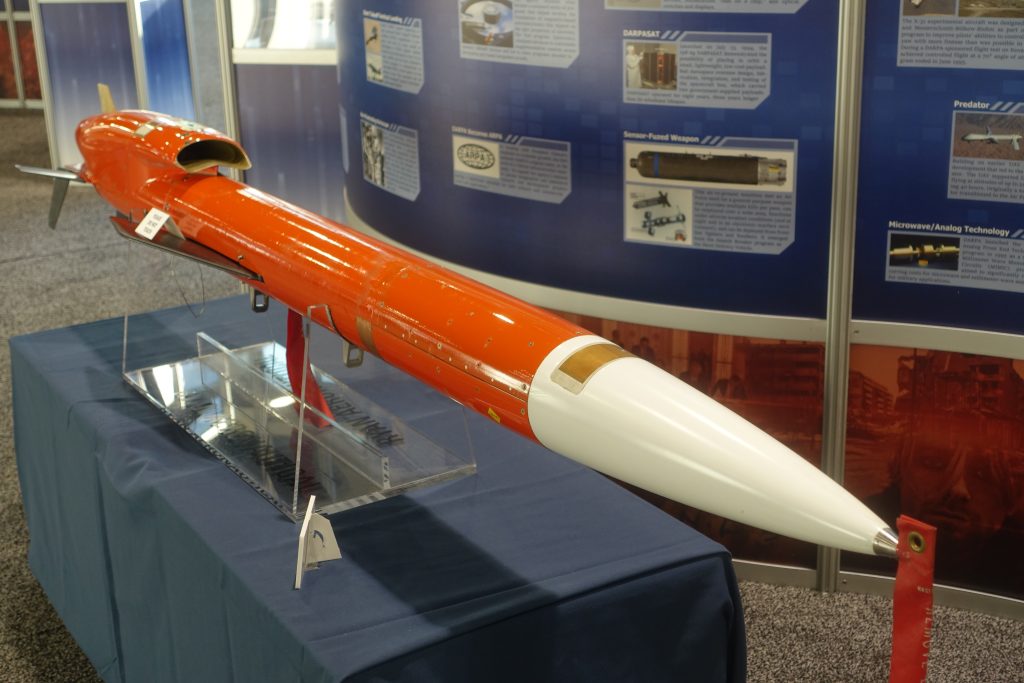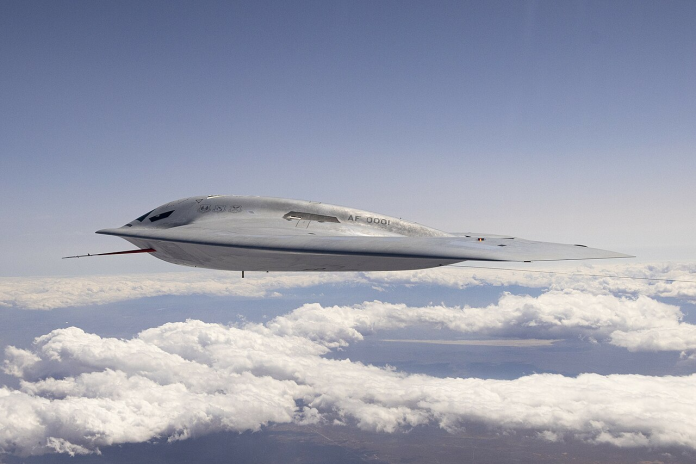
The B-21 Raider enters service with the weight of unparalleled expectations. Designed as America’s inaugural sixth-generation stealth bomber, it is intended to penetrate the most impenetrable air defense umbrellas around the globe. The nations the very nations it is meant to terrify Russia and China have spent the last few decades building multi-tiered missile defense systems specifically to counter such a threat. The collision between these competing technologies will decide the fate of strategic airpower.

1. The Stealth Equation
Its life begins with its radar cross-section or lack of. Advances in shaping, edge alignment, and radar-absorbent material aim to push its signature deep into the negative relative to that of the B-2 Spirit. Planform alignment has been optimized by engineers to scatter radar waves away from emitters, and coatings to soak up residual energy. These involve counteraction of X- and Ku-band engagement radars, although low-frequency VHF radars that are Russia’s and China’s choice of early warning systems remain a constant bane. The B-21 design integrates lessons learned over decades of stealth, with features that minimize returns from multiple radar bands simultaneously.

2. Russia’s Layered Defenses
Russia’s combined air defense system (IADS) integrates the S-300, S-400 Triumf, and S-500 Prometheus into zones of engagement that overlap one another. The S-400 is capable of engaging up to 100 targets and striking 36 at a time, at a maximum range of 249 miles. Its radar, the 92N6E, employs phased-array technology that can direct not just one type of interceptor, but several types, including the 40N6 to engage at long range. The S-500, designed to annihilate stealth planes, extends this role to near-space, with interceptors capable of attacking ballistic missiles and low-observable aircraft. Deployed in concert, the systems form “bastions” that complicate route planning and trap intruders in tightly controlled channels.

3. China’s Triple Threat
China’s HQ-9, HQ-19, and HQ-22 systems emulate and, in some cases, surpass Russian designs. The HQ-9, similar to the S-300, uses Track-Via-Missile guidance and two-stage interceptors that are Mach 4+. HQ-19 represents a leap, using a dual-purpose exosphere kinetic kill vehicle and an X-band phased array radar with an estimated range of 4,000 km. Its two-stage solid-fueled engine permits the intercept of hypersonic glide vehicles ones the U.S. will need to include in mission planning. The HQ-22 fills mid-range gaps, using semi-active radar homing and radio-command guidance to strike targets that the higher systems fail to engage.

4. SEAD as the Opening Move
Penetration of these defenses is more than a stealth requirement. SEAD is needed, having historically soaked up 15% to 30% of all sorties in large air campaigns. Modern SEAD integrates kinetic attacks anti-radiation missiles, standoff cruise missiles, and guided bombs with non-kinetic effects like jamming, cyber jamming, and decoys. The B-21 will have the capability to work with specialized platforms such as the EA-18G Growler and EC-130 Compass Call, as well as unmanned platforms, in order to shut down opposing radars prior to opening an engagement area.

5. Training Against the Threat
The U.S. Air Force has invested in foreign-system replicas to mimic the radar signatures, engagement profiles, and operational configurations of hostile SAMs. An example is a replica HQ-22 that allows aircrews to exercise detection and evasion in realistic conditions. “The HQ-22 decoy operates on the same principle, offering aircrews and electronic warfare crews the opportunity to practice detection, targeting, and engagement in engagements emulating the radar signatures, visual profiles, and operational configurations of foreign-built air defenses,” Defence-Blog.com reports. These training exercises enhance route planning, timing, and jamming sequences essential to survival in multi-threat environments.

6. The NGAD Connection
Future operations envision the B-21 flying with Next Generation Air Dominance (NGAD) manned fighter aircraft and unmanned escorts. These airframes would execute forward SEAD, counter-interceptor, or deliver loitering munitions to degrade mobile launchers. The Raider’s large payload bay and advanced datalinks transform it into a command node, commanding manned and unmanned platforms in contested air space. This integration shows a trend to “system-of-systems” warfare where the bomber is not merely a strike platform but rather a networked force multiplier.

7. Electronic Warfare as a Force Multiplier
Electronic attack is the centerpiece of the B-21’s penetration strategy. DRFM jamming, waveform deception generation, and low-probability-of-intercept communications on board will be utilized in combination to deceive and blind adversary radars. Supported in combination with offboard jammers such as the Miniature Air-Launched Decoy (MALD), these jamming impacts can saturate an IADS, getting it to commit interceptors against false targets and revealing emitter positions for follow-on attack.

8. The Physics of Detection
Even with extreme low observability, the B-21 will still have to contend with the physics of radar detection. Stealth aircraft will be detected by low-frequency radars at greater ranges but less accurately, notifying higher-frequency engagement radars. Infrared search-and-track (IRST) systems, increasingly employed on ground and airborne platforms, can detect the thermal trail of engines and leading edges. This sensor fusion multi-modal radar, IR, and passive RF detection must have the Raider’s stealth augmented by precise timing, route camouflage, and electronic knockout.

The fight between the B-21 Raider and the new Russian and Chinese air defenses will not be decided by a single technology, but by the synergy of stealth, electronic warfare, and coordinated SEAD operations. In this, as much as in the aircraft itself, success will be a matter of planning, training, and coordination.


